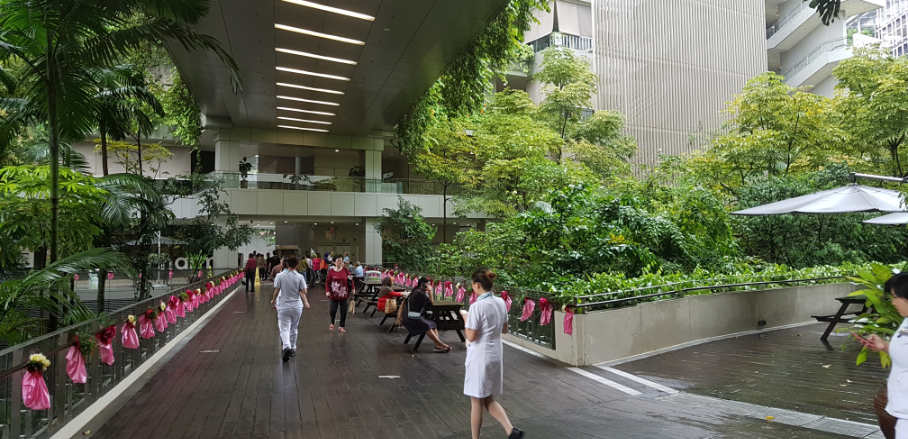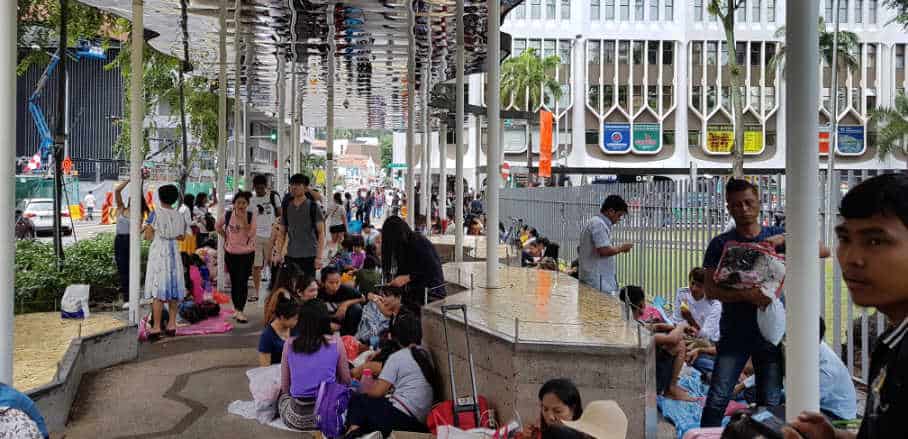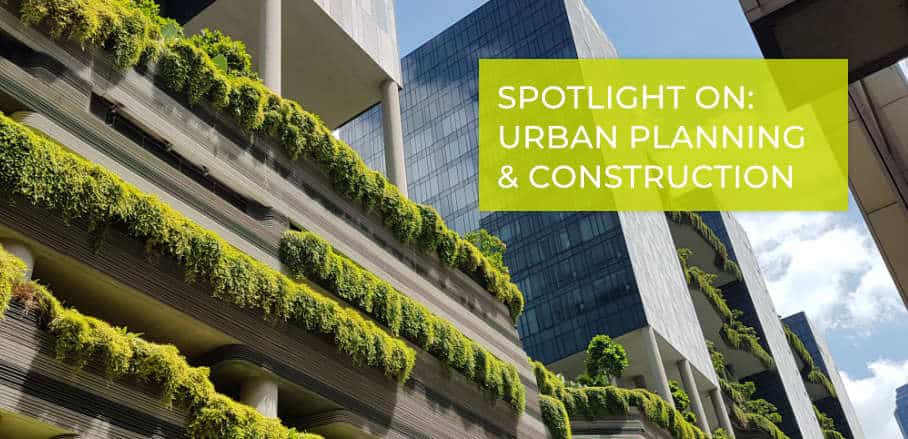Regenerative Cities: Co-Evolving with Our Planet
Sustainability should be more than just finding ways that allow us to continue our current lifestyle, argues Chrisna du Plessis. Regenerative design strives for a future where human civilisation evolves as one part of nature that is following its own laws of circularity.
The way we frame sustainability, and why it is necessary, has a huge impact on our perceived possibilities for action. Currently, there are two main sustainability narratives. The first talks about how bad things are getting, and that we are essentially doomed to civilisational, if not planetary ecosystem collapse. It is a narrative of guilt, fear, scarcity, austerity, and control that keeps us trapped in the current degenerative spiral because we simply cannot imagine a different way.
There is no denying that so many of our ecological systems are on the brink of collapse, or that some of our social and economic systems maybe need collapse. Humans, perhaps rightly so, have a deep-seated fear of collapse, of endings, of death; forgetting that in nature collapse is merely the precursor of new growth. It releases nutrients, or potential, that can be the feedstock for new life and new ways of being. The second sustainability narrative tells a story of how we can use this pivotal point in human development, and the potential it releases, to create a better world in which humans can be a force for good. This is the calling of regenerative design and development – a story of hope made active.
From Sustainability to Regenerative Development
The shift to regenerative thinking is not only about the how, but also, and perhaps more importantly, about the why. Regenerative development has been defined as “an approach that is about enhancing the ability of living beings (and systems) to co-evolve, so that our planet continues to express its potential for diversity, complexity and creativity.”
You will note it says nothing about reducing carbon emissions, or monitoring resource use, or shifting to renewable energy and public transport – all the hows of sustainability. Regenerative cities are not the same as sustainable, or even resilient cities. Their why is not to find ways which would allow us to continue living current lifestyles. Their why is to find ways which would allow all of human civilisation to evolve. They are the gateways to the transformation of our world from its current disconnected and dysfunctional state to a world that is healing its relationships, that nurtures life and creativity. Just as a caterpillar let go of its caterpillar reality to become a butterfly, regenerative cities let go of their current notions of cities to become places where living systems can co-evolve and express their full potential. What would this entail?
It Starts With Place
The first ambition of regenerative design is to heal the fractured relationship between humans and nature, so that we can fully participate in the web of life and its evolution. And this starts with connecting humans to the place where they are: sensitising them to the way the wind blows and the rain flows and the path of the sun through the seasons; introducing them to the communities of life whose existence weaves through their own so that they can again find their place in this edifice, their role in the dance. The way we design buildings and urban spaces can help to build these connections to place.
Much has been written about the Biophilia Hypothesis of EO Wilson, which maintains that the need to affiliate with nature and other living beings is genetically hardwired in humans, and that without such contact various pathologies can develop. There is growing evidence of how introducing more nature into our designed spaces contributes to human health and well-being, increase productivity, and in cities cleanse the air, reduce the urban heat island effect, and assist with stormwater management and biodiversity restoration.
Cities like Singapore pride themselves on the amount of nature they are reintroducing into the city. However, it is not enough to plant trees and introduce rain gardens if this does not lead to a reciprocal relationship where humans are also improving the lives of the organisms in these new ecosystems. The Khoo Teck Puat Hospital is an example of where the building and its occupants actively work towards building biodiversity.

Much of the Khoo Teck Puat Hospital’s circulation space is outdoors, providing visitors and patients with a direct link to nature. © Chrisna du Plessis
This transformation of cities requires that we see the city itself as a nested set of ecosystems within which our infrastructure, buildings, gardens, and humans themselves, become functioning parts of nature, learning from nature to work with nature and, eventually, become like nature, following its laws of circularity and cooperation.
Reciprocity and Contribution as the Ethos
Regenerative cities are like old-growth food forests, where all organisms cooperate in an endless cycle of support and exchange. Transactions, be they economic or social, are not driven by the imperative to maximise individual profit, but rather by how much they contribute to the common good and whether they will have a net-positive impact on the well-being of the system in which they take place.
This spirit of contribution forms the basis of the models of regenerative economies being developed, but can also be simple design decisions like designing building edges so that they provide cover from the elements, or providing public drinking fountains.

The Arts Connector leading from the National Gallery in Singapore has become an informal social gathering space for friends and families. © Chrisna du Plessis
Begin Where the System Is Already Fraying
The biggest question though is where to begin. The answer is: in those liminal places where the hold of the old system is losing its power, where things are no longer working and the call for something new and radically different cannot be ignored, where things are falling apart or were destroyed in the storms. A great example is Moja Gabedi in South Africa, an unofficial landfill that has been transformed into a meaningful food garden. Those are the places where the smallest seed can take root in the cracks of the old world, opening up the way for the rewilding of the city and its soul.
- Regenerative Cities: Co-Evolving with Our Planet - 9. February 2021
